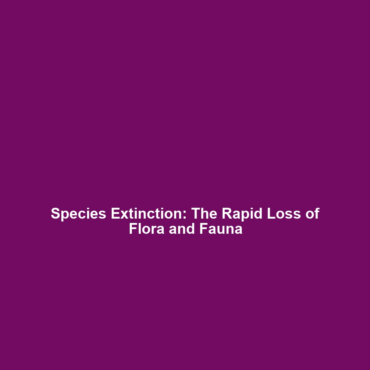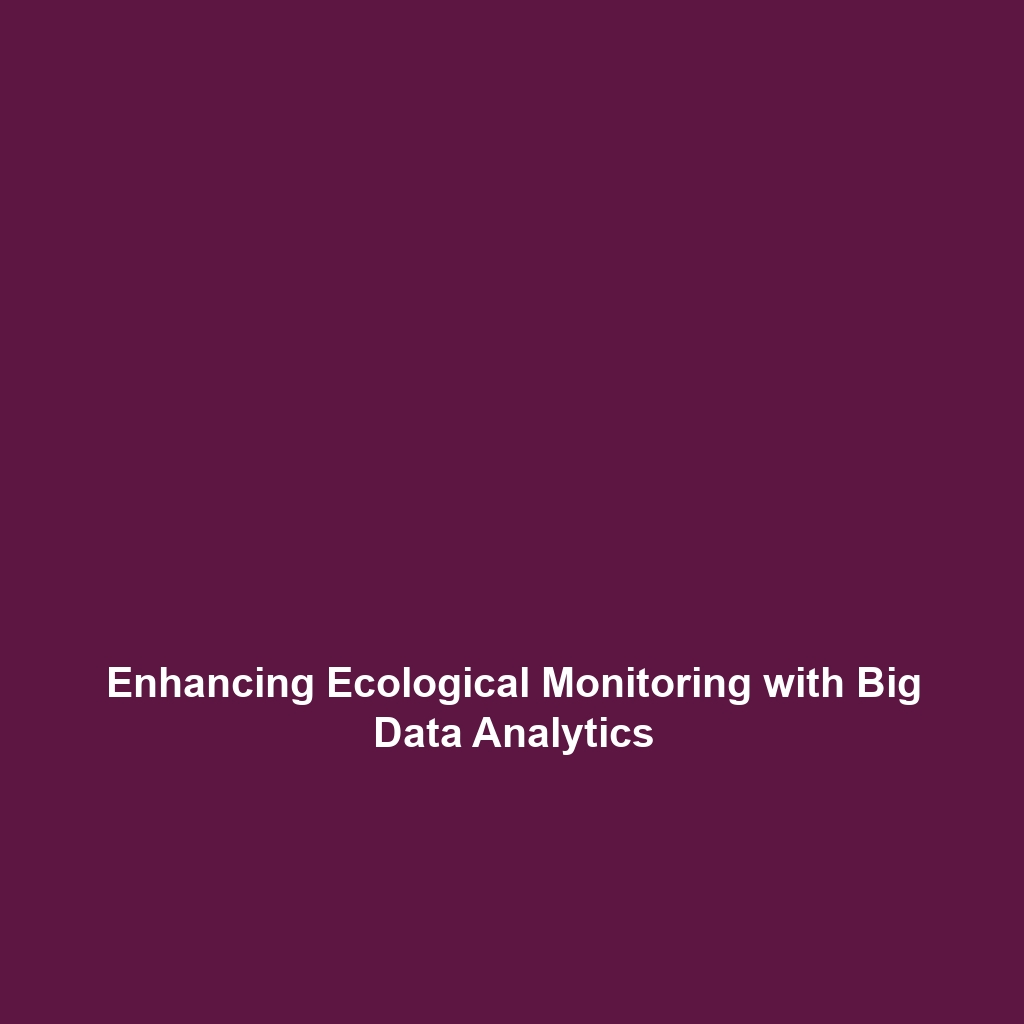Species Extinction: Accelerating the Loss of Flora and Fauna
Introduction
Species extinction poses a significant threat to our planet’s biodiversity, representing an alarming consequence of deforestation and habitat degradation. With the ongoing loss of flora and fauna, ecosystems are destabilized, leading to significant ecological imbalance and diminished natural resources. This article delves into the accelerating rate of species extinction and how it interrelates with the broader context of deforestation and biodiversity loss, providing insights into its critical implications for both our environment and future generations.
Key Concepts
Understanding Species Extinction
Species extinction refers to the complete disappearance of a species from Earth, a process that has been accelerated by human activities such as deforestation, pollution, and climate change. This phenomenon is a central concern within the category of biodiversity loss, which encompasses the decline in the variety of life forms on our planet.
Deforestation and Its Impact
Deforestation, or the large-scale removal of forests, disrupts the natural habitats that many species rely on for survival. This leads to a domino effect, where the loss of trees results in the loss of flora, fauna, and the overall health of ecosystems. Key principles include:
- Habitat Destruction: The removal of forests directly reduces the natural environment for countless species.
- Fragmentation: Remaining patches of habitat may not be sufficient to sustain species populations.
- Climate Change: A reduced number of trees contributes to climate change, further threatening biodiversity.
Applications and Real-World Uses
Understanding species extinction and its implications has practical applications in conservation efforts and policy-making. For instance:
How species extinction is used in biodiversity conservation: Strategies to conserve endangered species often involve habitat restoration efforts and reforestation projects that aim to reverse deforestation trends.
Applications of species extinction research in environmental policy: Governments globally rely on extinction rates to formulate biodiversity policies that mitigate loss and promote sustainable practices.
Current Challenges
Despite the recognition of species extinction as a pressing issue, several challenges hinder effective study and solutions:
- Data Gaps: Lack of comprehensive data on species populations limits conservation efforts.
- Political Will: Insufficient political support for biodiversity initiatives can stall progress.
- Funding Limitations: Many conservation programs struggle due to inadequate funding.
Future Research and Innovations
Future research is critical in the fight against species extinction. Innovations such as:
- Genetic Studies: Advances in genetic research may aid in the recovery of threatened species.
- Restoration Ecology: Innovative approaches to restoring ecosystems may help revitalize habitats.
- Technology in Monitoring: Drones and AI are being harnessed to monitor species populations effectively and in real-time.
Conclusion
Species extinction is an urgent issue that significantly impacts deforestation and biodiversity loss. Recognizing the interconnectedness of these environmental challenges is crucial for developing effective conservation strategies. Continued research and innovative solutions are key to combating this crisis. For further reading, explore our articles on deforestation solutions and biodiversity conservation.




